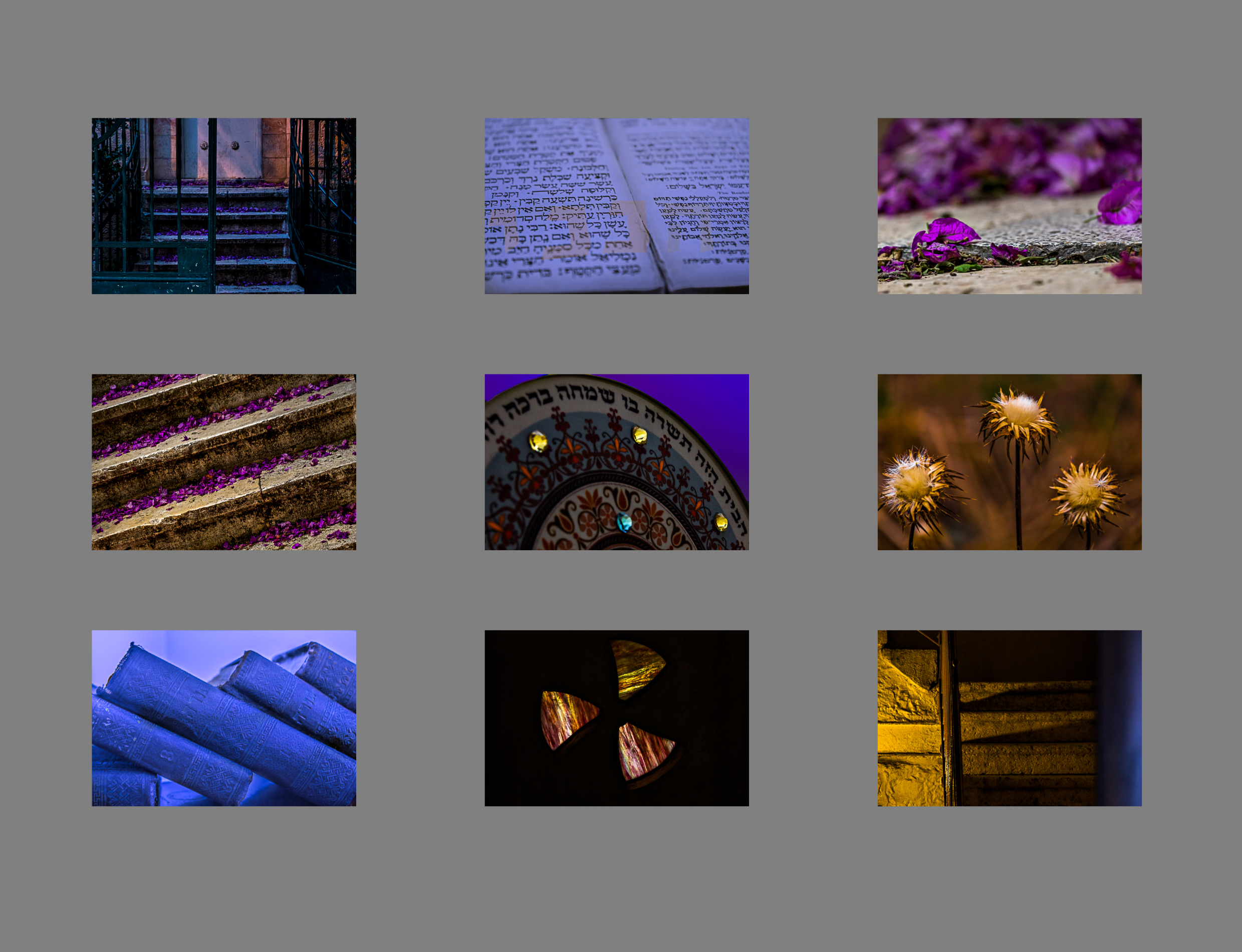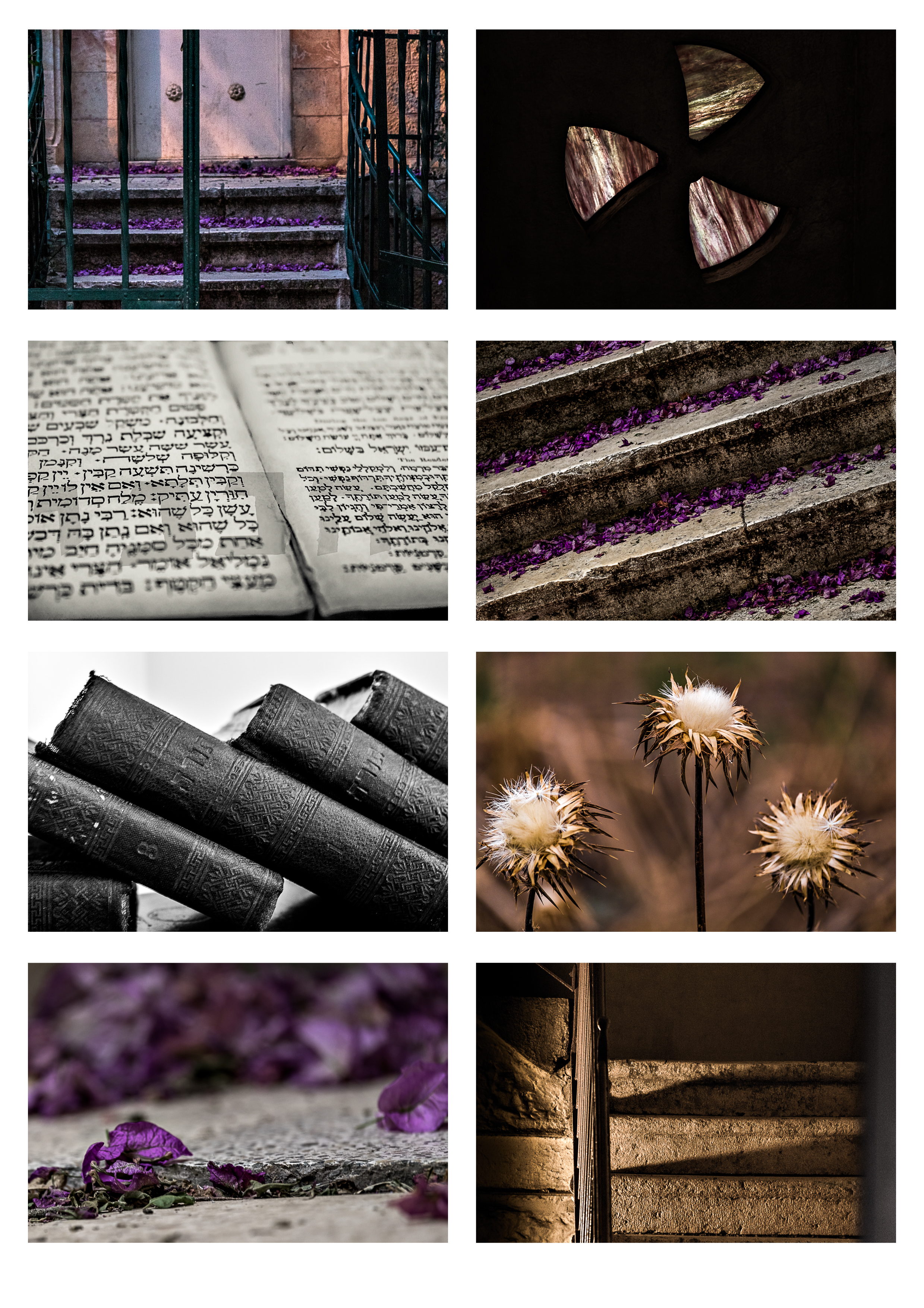Start by doing some reflecting in your learning log. What kinds of subjects might be seen as un-photographable? How might you go about portraying them using photography? List a few examples of things you’re experiencing now or have recently been thinking about. This doesn’t have to be too in-depth or revealing, but it can be if you want. Equally, it might be something as apparently trivial as how you’re going to fit everything into your busy day. At first you may come up with literal examples, but the more you think about them the more those ideas will develop into specific and more original ones. Make a list of at least seven ideas. Try and keep to things you have a personal interest in or curiosity about. Keep a notebook with you at all times and make notes when ideas strike you as interesting. (This is good practice for all stages of the degree and beyond. Ideas books are something to be revisited time and again for ideas and hints for the photographer you’re becoming.) Now implement one of your ideas. Aim for a tightly edited and visually consistent series of 7–10 images.
Background
At the time of working on this project I was approaching my 60th birthday (which I have now reached and have passed at the time of writing). Before my birthday I had a very strong sense of passing time and felt it was the opening of the gates to old age as I entered into a new decade of my life. Mixed with this has been a continuous reflection of my relationship with being Jewish and religion (or some sort of spirituality). I am, by definition, not religious and do not practice but I have a very strong Jewish identity and aimed to capture it in these images. As the project developed it has become an expression of the passing of time influenced by the words of ‘You want it Darker’ by Leonard Cohen.
Preparation
It was quite easy to prepare for the project once the idea had formulated. For the first time on this degree course I could visualise the project as a whole. My vision was to present all the pictures together and not individually. I needed to put together the various strands to make them into a whole so I chose to photograph some ‘ageing’ flowers, Hebrew text and my grandmother’s copies of the Torah and Jewish prayers which by Jewish tradition should have gone into her grave.
Initially I definitely wanted to use text with the photographs. I thought about having some text with each individual photograph but as I wanted to present all the photographs together I decided to use one narrative which followed my thought process as I look at the photos.
Hineni, Hineni הִנֵּנִי,הִנֵּנִי
I am here
The word in Hebrew means ‘Here I am’ in the deeper sense of the meaning. It appears in the Tanakh (Jewish Scriptures) in Genesis 22 where G-d calls Abraham who responds to him, Hineni ‘I am here’. The ‘Hineni’ prayer is the most beautiful personal prayer ‘humbly beseeching G-d to accept his prayers in leading the congregation’ that is chanted by the cantor for the Rosh Hashanah (Jewish New Year) service. More recently it was used in Leonard Cohen’s song, ’You want it darker’ on his last album of the same name where I interpret it as Cohen knowingly approaching and accepting his death and returning to his roots.
Below is the presentation I put on to the O.C.A critique forum as a draft.

In response to putting the above on the O.C.A Critique forum I have made a number of changes. I experimented with converting the photos to black and white which surprised me as they produced a completely different effect and confirmed the fact that the colour cast on some of the photos was too exaggerated. It also didn’t take long to dispose of the text which generally wasn’t so well received. The text hadn’t come naturally and didn’t compliment or support the photos.
Changes made:-
1- I have presented 8 photos rather than 9
2- The photos are presented individually
3- I have disposed of the colour cast and desaturated the photos
4- I have disposed of the text
5- The project is about the passage of time and influenced by the words of the song ‘You want it darker’ by Leonard Cohen
First Submission to Tutor
 Contact Sheets
Contact Sheets
Sources accessed
Hurwitz, A.L. (Date Unknown) A Chazan Sings: Hineni. Chabad.Org. Available at: https://www.chabad.org/multimedia/media_cdo/aid/2695779/jewish/Hineni.htm (accessed 17/8/18)
Gallix, A. (2010) In theory: The Death of the Author, The Guardian. Available at: https://www.theguardian.com/books/booksblog/2010/jan/13/death-of-the-author (accessed 17/8/18)
Wikipedia (2018) The Death of the Author. Available at: https://en.wikipedia.org/wiki/The_Death_of_the_Author (accessed 17/8/18)
Katz, Rabbi A, (date unknown) Here I Am – Hineni, Temple Bethel. Available at: http://www.tbespringfield.org/here-i-am-hineni (accessed 17/8/18)
Troster, L. (2011), Here I Am: Responding to the Call in Creation, Jewcology, Available at: http://jewcology.org/2011/11/here-i-am-responding-to-the-call-in-creation/ (accessed 17/8/18)
Reflection
The main challenge of this project was to ensure the photos expressed the unseen but could be understood by the viewer. Initially I was very unsure exactly what was expected and experimented with some other ideas. I followed a number of critiques on the forum and tried unpack the concept as well as experimenting with some other ideas. However my initial idea remained with me. It is certainly the most personal project I have done to date which created some issues in itself but was a very positive challenge.
Have done some research on the way Robert Frank presented his photos in The Americans, I felt initially that my photos would be better presented as a complete set rather than individually. However, after putting them up for critique I now feel that both ways work.
I questioned whether the use of text should be integral to my assignment. I experimented with the idea of free-flowing text as Sophy Ricketts used in her project Objects in the Field. The text I wrote initially fitted in under the criteria of ‘Relay’ text. The text bounced off the images and was certainly ambiguous in its meaning. However, having written it and presented to the forum, it confirmed my idea that text can become clichéd. I found it a challenge because I don’t write creatively very often so I decided to dispose of it and let the photos speak for themselves.
One of the most positive aspects from this assignment was putting it up on the forum for critique. I was very reluctant to do this because of negative response. However, I found it not only very helpful but a huge learning curve. Taking into account what my peers had said on the critique, I made changes to my assignment which I feel would not have happened otherwise. It also introduced me to the art of critique which I intend to follow up.
Tutor Comments
-Good Concept/ Vision. He can see through ‘chains of thought’
-Print them out
-Good image maker and well processed
-Why are they all close ups
-Don’t be too literal- Use connotation/ resonance
-Look at the meaning of the photos and what they symbolise
-Explore the idea of triptychs, Diptychs
Final Submission for Assessment
The photographs for the final submission are much improved than the initial submission. However, there are still has some flaws but having learnt from them I decided to keep the same photographs. I have changed and reworked on a number of the photos and all the photos have been lightened and further processed. All the photos are close up and I have noted that as a further idea to think on.

- No.1 This is a different photograph with the door slightly ajar
- No.3 Hinneni This photograph has been completely rework and for me has the most personal meaning.
- No.5 This photo is probably the least successful. My tutor asked why the books were leaning. Again this helped bring to my attention how a photo needs to be clear. I have though because of the set decided to submit it for final submission
- No.7 The technical mistake has been taken out so there is one single flower which I have emphasised













